Development prospects and market size analysis of the lighting industry in 2022
What is the lighting development trend and the prospects of the lighting industry? The rapid development of China's LED technology and the continuous improvement of intelligent control systems will jointly promote the steady growth of China's semiconductor lighting market. The output value in 2020 will reach about 1 trillion yuan. By 2025, the output value of China's semiconductor lighting fixtures will reach 1.732 trillion yuan.
Development prospects and market size analysis of the lighting industry in 2022

Lighting is decorative lighting, which usually refers to lighting that belongs to soft decoration. Lamps are a general term for lighting tools, which are divided into chandeliers, table lamps, wall lamps, floor lamps, etc. Refers to the appliances that can transmit light, distribute and change the light distribution of light sources, including all parts except the light source for fixing and protecting the light source, as well as the wiring accessories necessary for connection with the power supply.

After the development of the past ten years, my country's lighting industry has been further integrated. At present, five major production areas have been formed in Guangdong, Zhejiang, Jiangsu, Fujian and Shanghai. The number of enterprises in the five provinces and cities has reached more than 90% of the total number of enterprises in the industry, and the product types are also Each has its own characteristics.
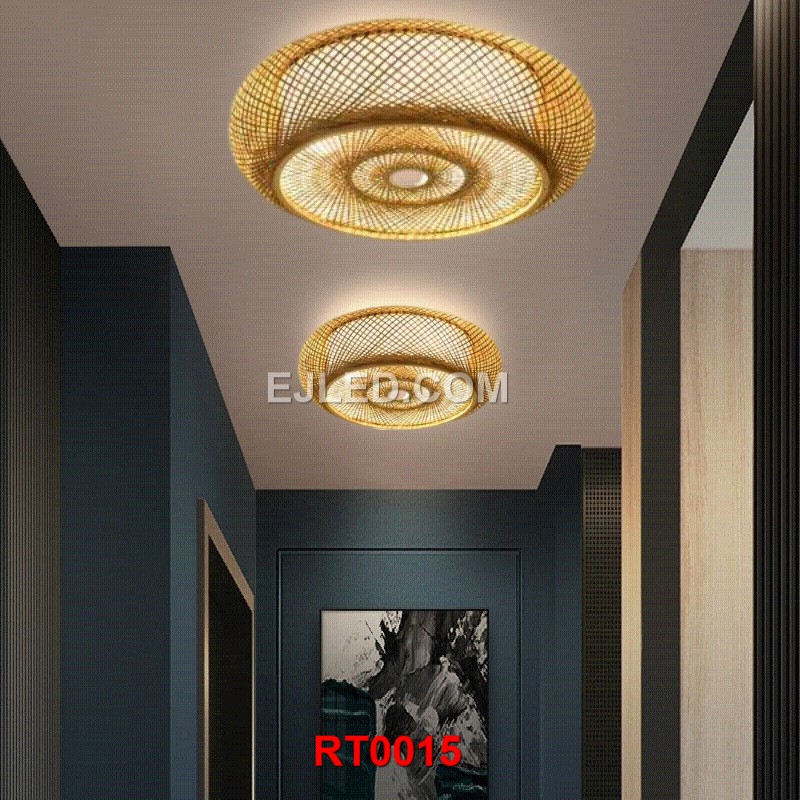
Among them, Guangdong mainly focuses on indoor lighting, and decorative lamps are mainly concentrated in Zhongshan Ancient Town and Dongguan. Other areas in Guangdong, such as Foshan and Huizhou, are mainly based on light sources, lamp panels, brackets, and tube (radiator) lamps, which occupy a large proportion of the domestic market. Zhejiang, Jiangsu, Shanghai, Fujian and other places are mainly based on outdoor lamps and light sources.
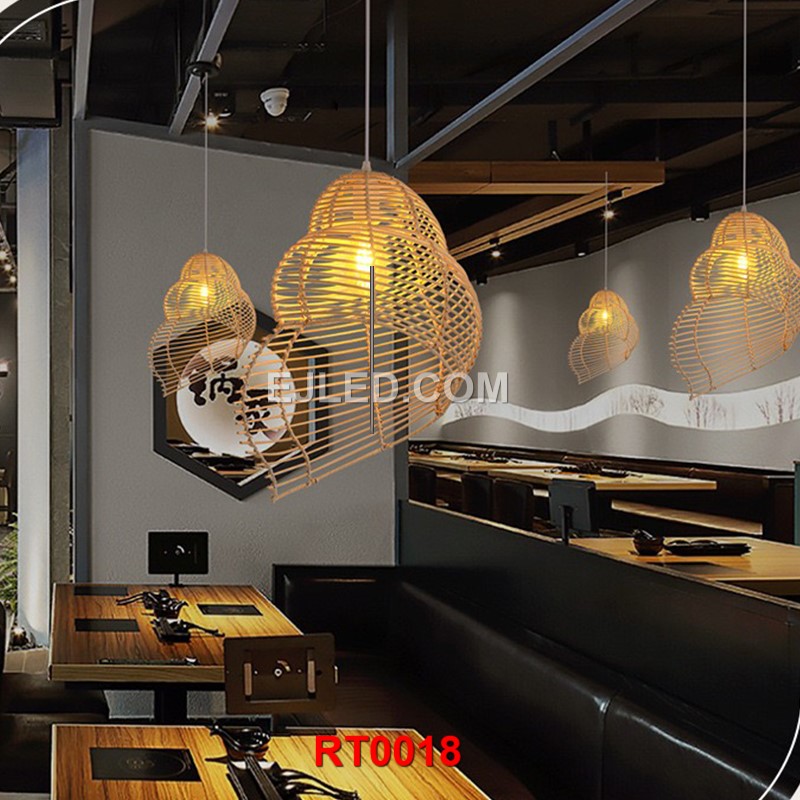
According to the "2022-2027 China Lighting Industry Development Trend and Investment Risk Research Report" released by the China Research Institute
At present, the competition pattern of my country's lighting industry is scattered, and the current market share of the industry leader is only about 3%, mainly because, in the era of traditional light sources, the light source is monopolized by the three major manufacturers of Philips, GE, and Osram, and the added value of lighting enterprises is low, and it is difficult to form competition. force. China's mastery of LED technology has broken the original competition pattern, greatly lowered the technical threshold of light sources, and transferred the right to speak in the industry chain to lamp manufacturers closer to the terminal. Lamp manufacturers have the opportunity to improve through product design, channel management and brand marketing. market share.
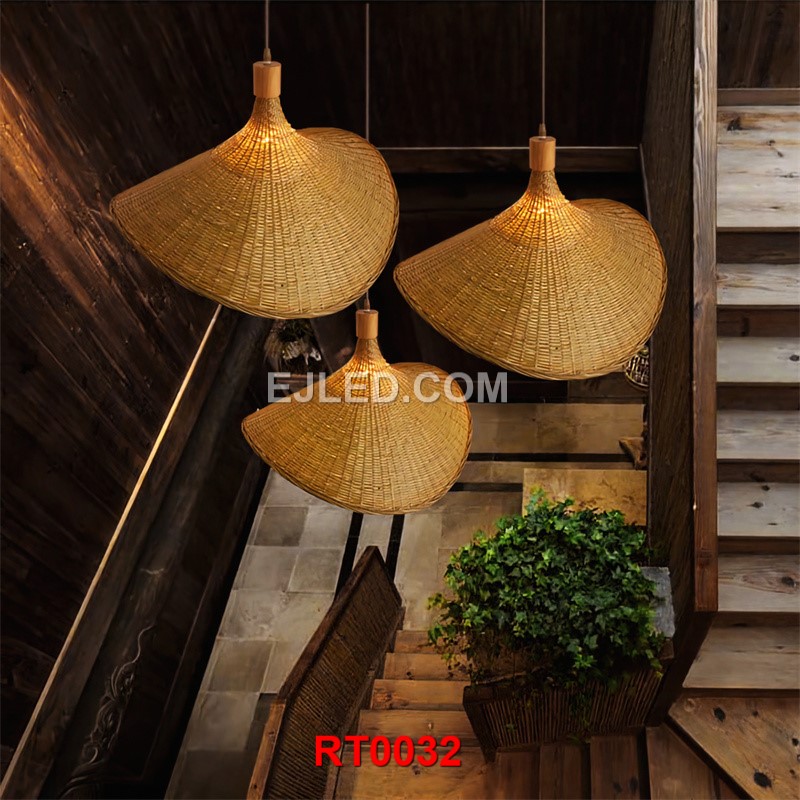
In terms of regional distribution, the regional distribution of the output of lamps and lighting devices in my country is extremely uneven. Among them, South China accounts for the largest output, reaching 44.96%; followed by East China, accounting for 35.92%; and then Southwest China, accounting for 35.92% 17.15%; the proportion of output in other regions is smaller, all below 2%.
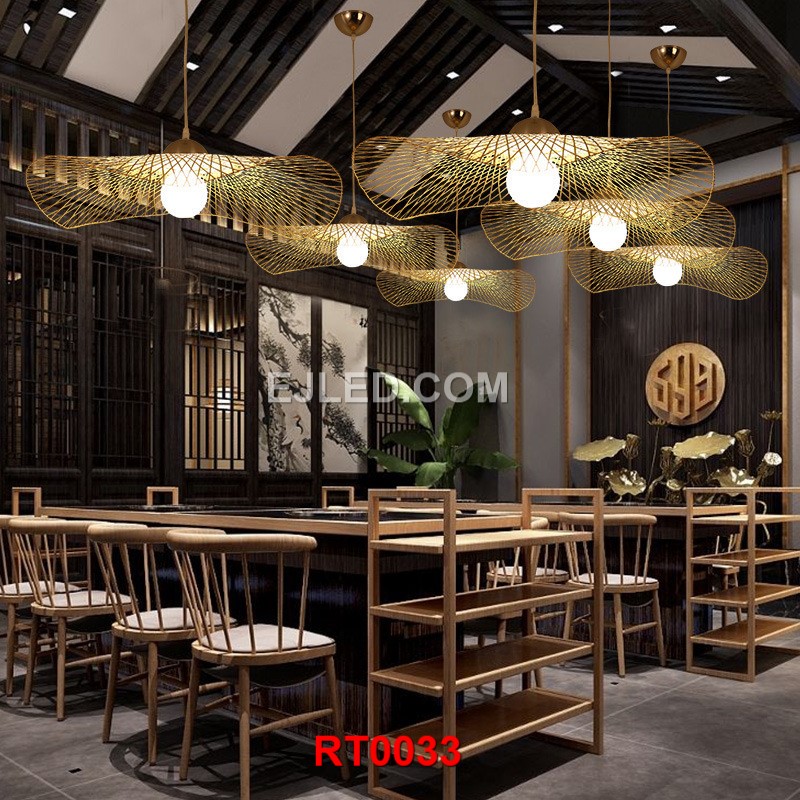
With the entry of foreign capital, the lighting industry has seen a situation of domestic competition and internationalization. Efforts to increase the development of energy-saving light sources and lamps of different grades, patterns and different uses, and speed up the development, promotion and application of green and energy-saving light source products are the structure of my country's lighting industry. The focus of adjustment; at the same time, building one's own advantageous brand is also an important issue for the sustainable development of the lighting industry and the competition for lighting enterprises. China's lighting industry will face unprecedented opportunities and challenges, and the huge commercial benefits brought by it have also become the focus of lighting manufacturers.
After years of development, China's lighting industry has become the world's largest producer and exporter of lighting products. The market share of China's lighting products in the global market has exceeded 50%. According to statistics from the LED Research Institute (GGII), the global plant lighting market will exceed US$3 billion in 2020, of which my country's LED plant lighting exports will exceed US$500 million, an increase of 426.3% over the same period last year. GGII analysts said that from the perspective of demand, it is expected that there will still be a large market growth space in the future.
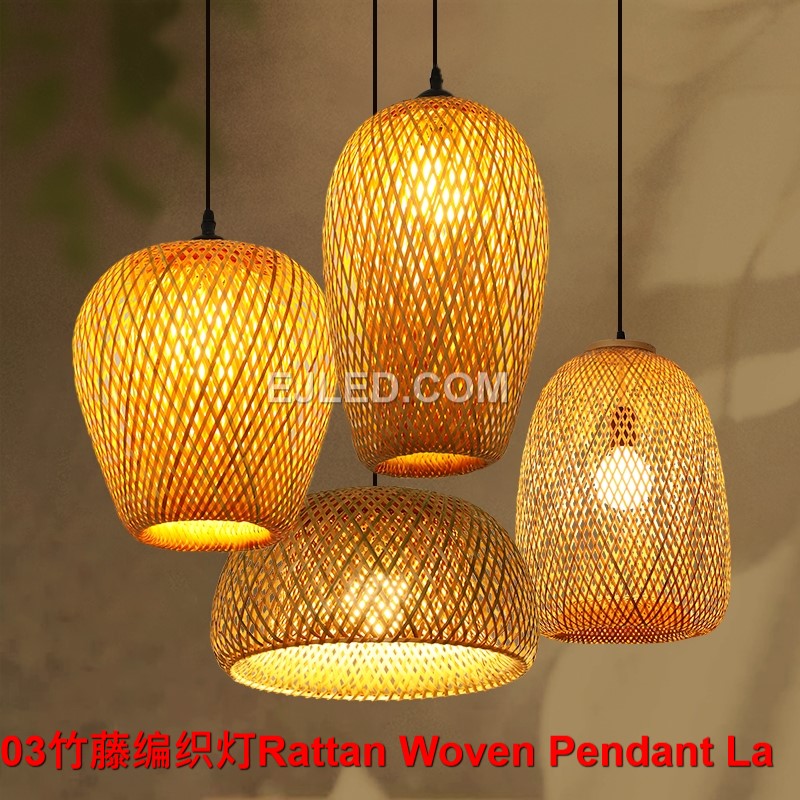
After China's lighting industry has entered the LED era, the characteristics of diversified customer needs, product types and market channels are more prominent. Many companies have to bear a large amount of small batches of non-universal products R&D investment and mold pressure. Therefore, compared with the high concentration of upstream chip epitaxy and the moderate concentration of midstream packaging, the downstream lighting application side is difficult to compare with the home appliance industry, and it can only be relatively concentrated to achieve the relative health of the industry.
In recent years, this situation is gradually improving, such as the joint procurement of hardcover houses by large real estate developers, the group procurement of hotel chain brands, the centralized standard procurement of large foreign chain supermarkets, and the large projects of urban management departments in landscape lighting. Unified bidding, etc., the procurement of these major customers is tending to be intensive, and in this supply chain, a new situation of standardized target, large scale, centralized brand and category standard will be formed.
The lighting industry research report aims to start with the national economic and industrial development strategy, analyze the future policy trend of lighting and the development trend of the regulatory system, and tap the market potential of the lighting industry. , industry structure, regional structure, market competition, industry profitability and other perspectives, vivid descriptions of market changes, and a clear development direction.




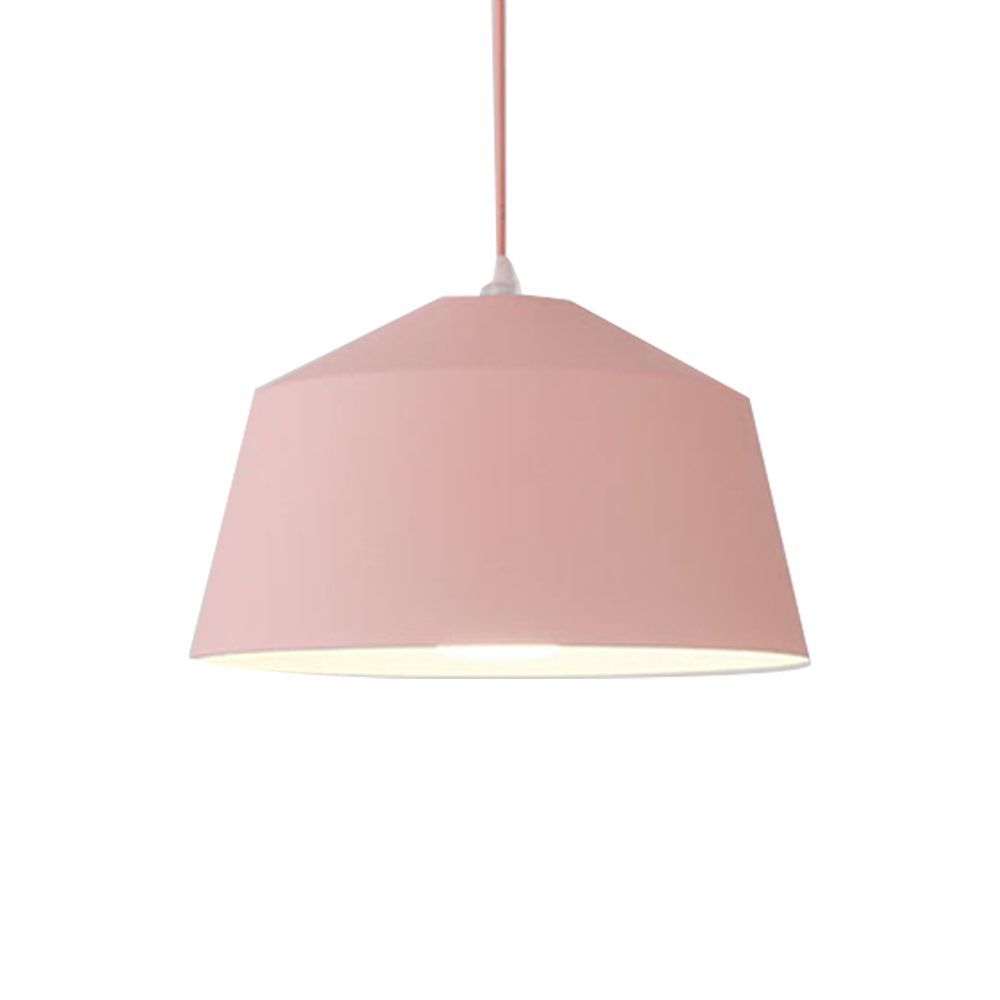








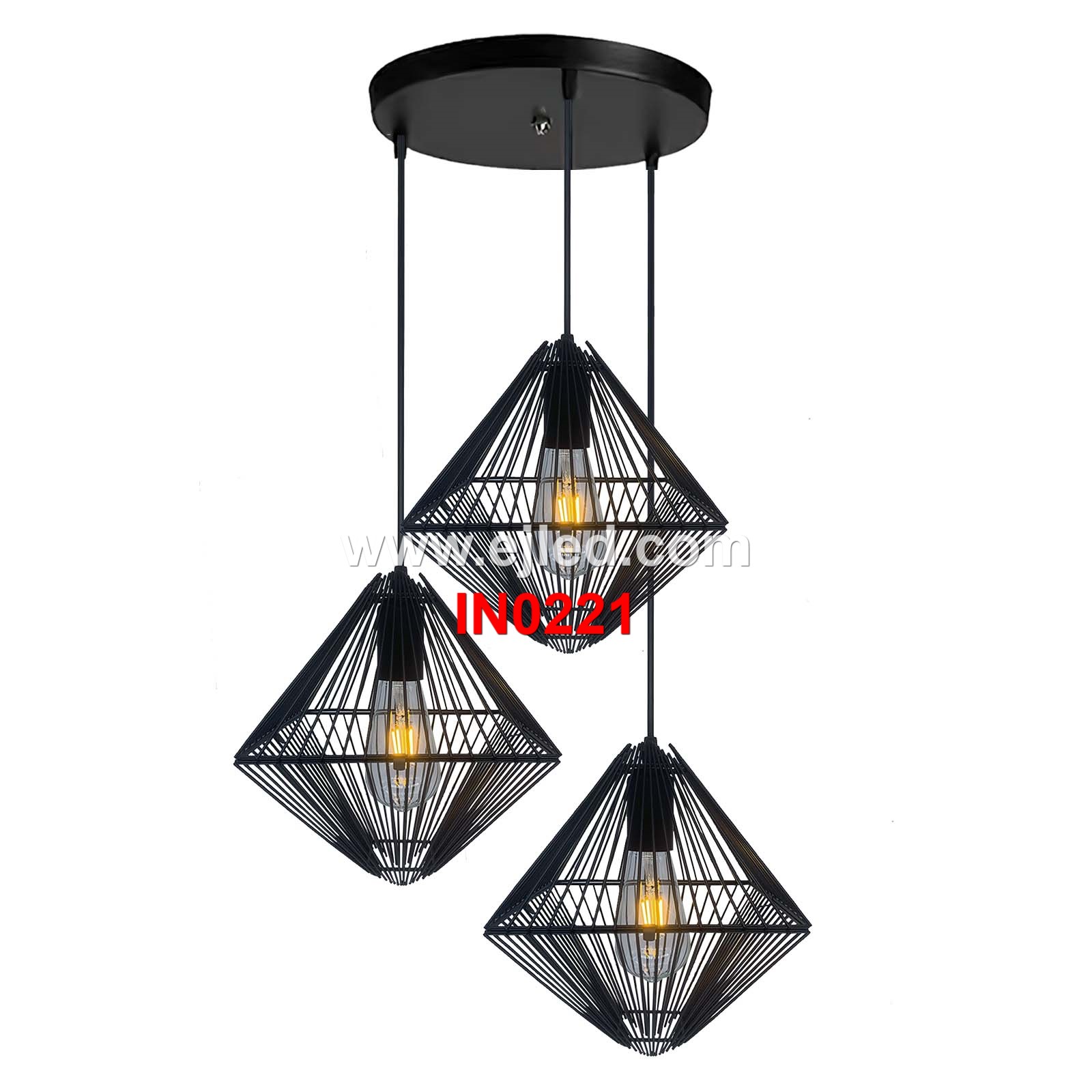
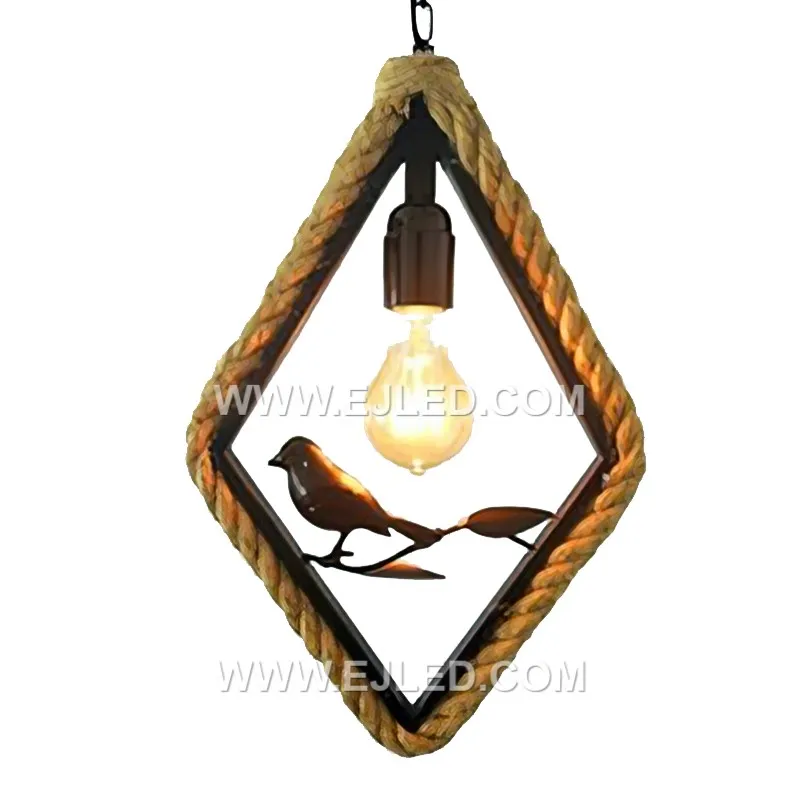
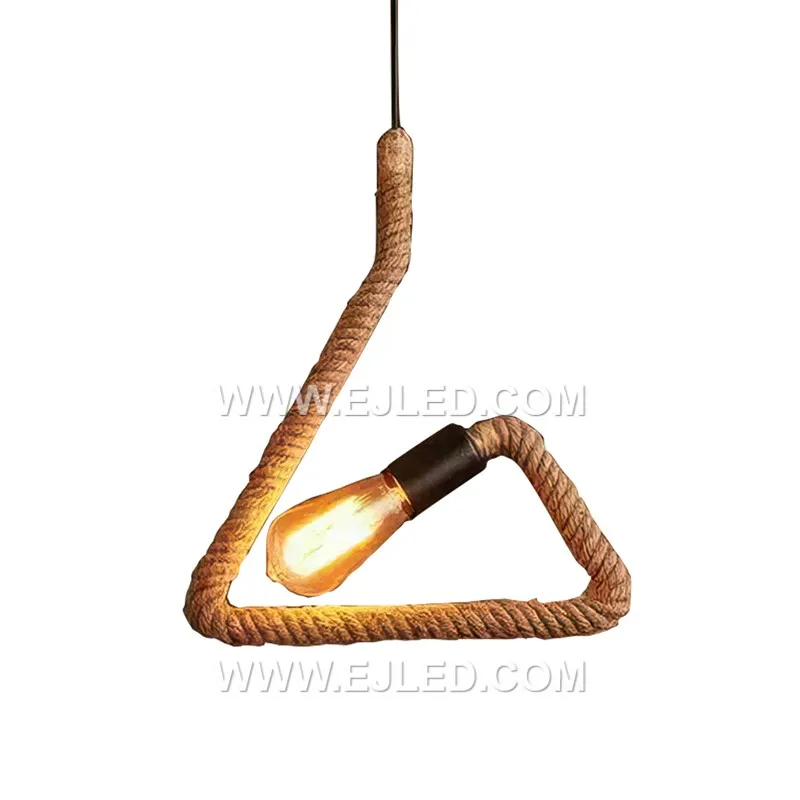



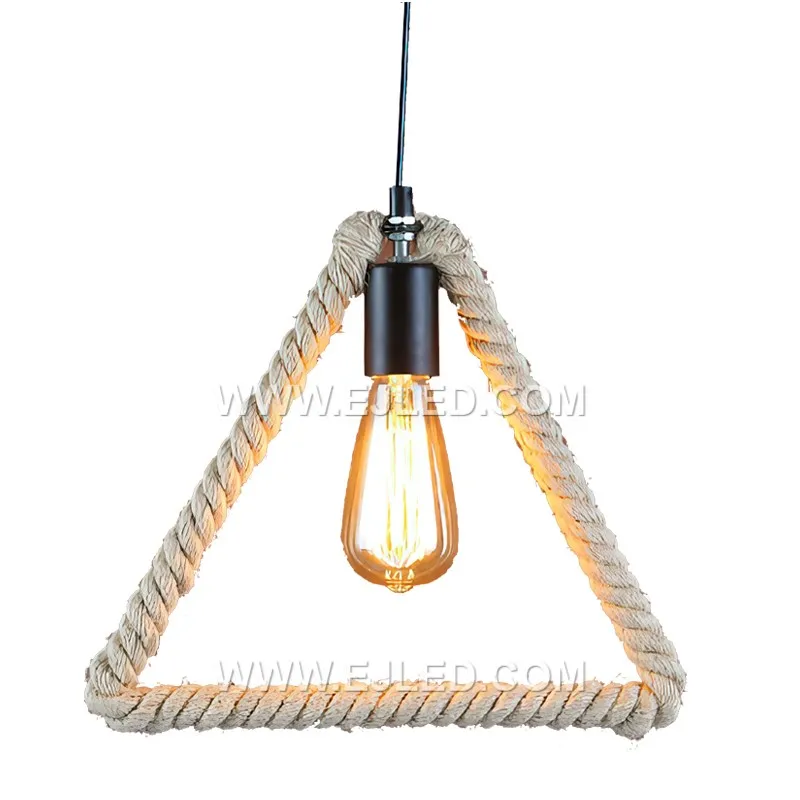
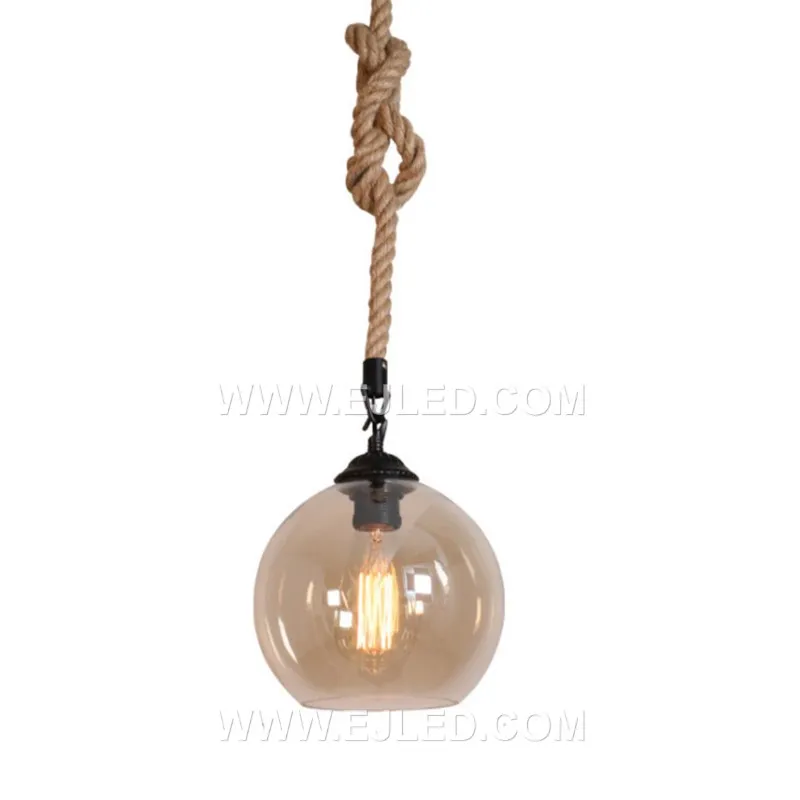
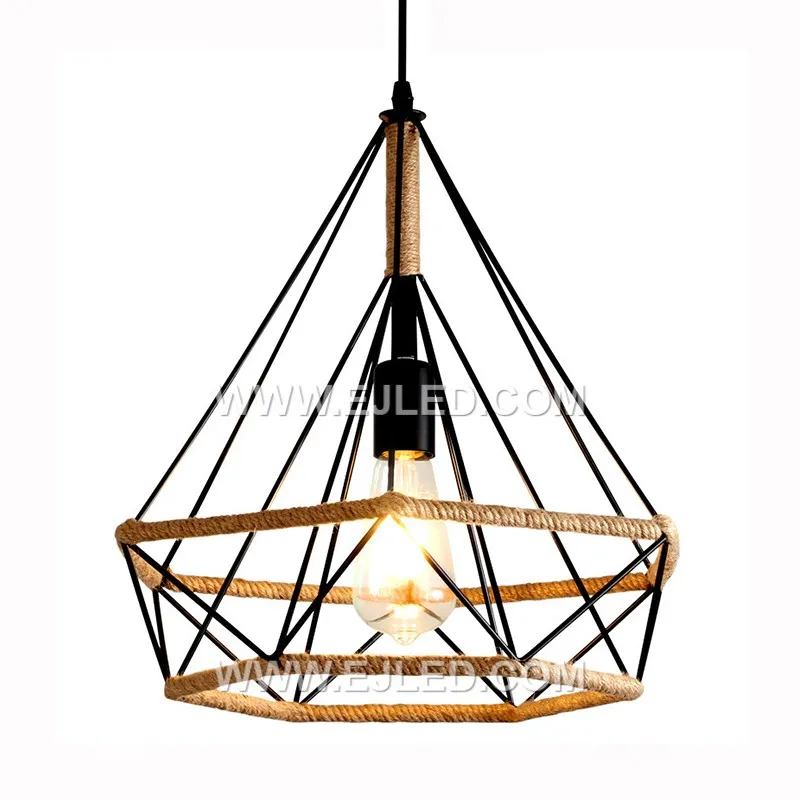
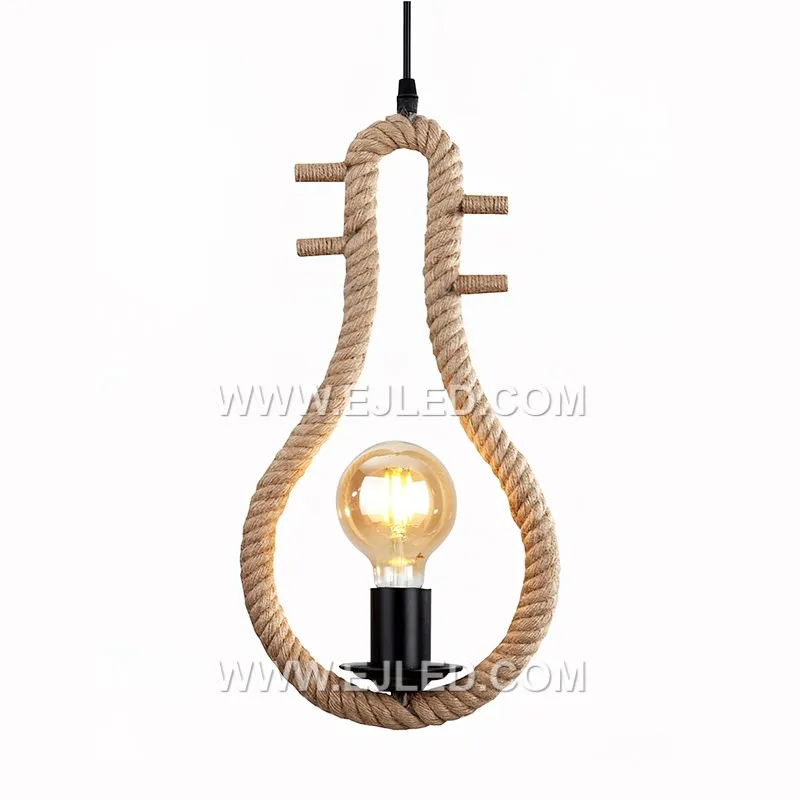
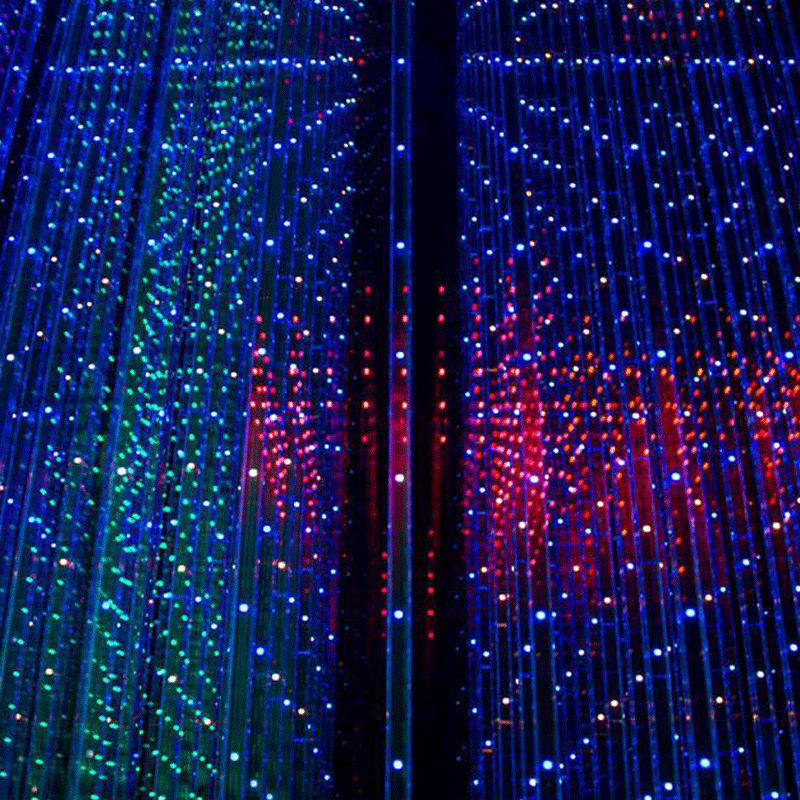

Leave a comment